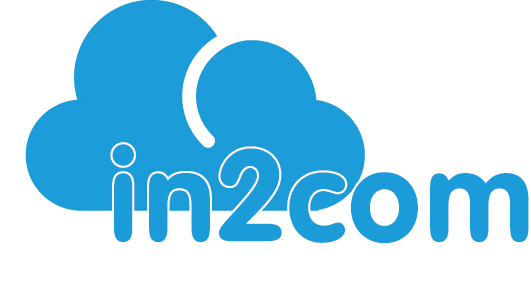Let’s face it—being a teenager isn’t easy. Between academic pressure, social media drama, changing hormones, and family expectations, it’s no wonder many teens struggle with their mental health. For educators, this can be tough to navigate. You’ve got lesson plans to teach and classrooms to manage, but at the same time, you might notice students dealing with way more than just schoolwork. Understanding adolescent mental health isn’t just a “nice to have”—it’s a must. Teachers and school staff are often the first adults outside the home to see when something’s not right. So, let’s break down what you need to know to support the teens in your classroom.
Mental Health Challenges Are More Common Than You Think
 One of the biggest myths is that mental health issues are rare among teens. The truth? They’re not. Anxiety and depression are some of the most common issues affecting students today, and they’ve only increased in recent years. Add things like bullying, social pressure, identity struggles, or even trauma at home, and it’s easy to see why so many adolescents are overwhelmed. These challenges don’t always show up in dramatic ways either.
One of the biggest myths is that mental health issues are rare among teens. The truth? They’re not. Anxiety and depression are some of the most common issues affecting students today, and they’ve only increased in recent years. Add things like bullying, social pressure, identity struggles, or even trauma at home, and it’s easy to see why so many adolescents are overwhelmed. These challenges don’t always show up in dramatic ways either.
Sometimes it’s a quiet withdrawal, a drop in grades, or a sudden behaviour change. The more you understand how common these issues are, the more prepared you’ll be to handle them with empathy.
Creating a Supportive Classroom Environment
Believe it or not, your classroom can be a safe space for students dealing with mental health challenges. You don’t need special training to be a supportive adult. Things like creating a consistent routine, allowing room for open communication, and being approachable can go a long way. Consider building in opportunities for students to share how they’re feeling—maybe it’s a quick check-in at the start of class or anonymous comment boxes. Let students know it’s okay to ask for help and that their well-being matters just as much as their grades. Some schools even partner with community spaces like AISL Mall, where students can attend wellness events, counselling pop-ups, or just find a peaceful spot to decompress outside of school. Including those community links in conversation helps show students that support doesn’t stop at the classroom door.

What to Look for in the Classroom
You’re not expected to be a therapist, but you are in a unique position to spot when something’s off. Keep an eye out for changes in a student’s behaviour or mood. Are they suddenly quiet when they used to be outgoing? Are they constantly tired, skipping class, or handing in work late—or not at all? Maybe they’re unusually irritable or emotional. These can all be signs that a student is struggling mentally or emotionally. You don’t need to jump to conclusions but don’t ignore those gut feelings either. A simple check-in with the student can open the door to getting them help.
When and How to Get Help
As a teacher, it’s important to know your limits. You’re not expected to fix everything on your own. If you’re seriously concerned about a student’s mental health, don’t hesitate to involve the school counsellor, social worker, or administration. Most schools have protocols for how to handle these situations, and you’re not in it alone. The key is to act early rather than wait until things spiral. It’s better to refer a student who doesn’t need major help than to miss one who does. At the end of the day, supporting adolescent mental health isn’t about being perfect—it’s about being present. When students know they have someone in their corner, it can make a world of difference. As an educator, you have the power to create an environment where students feel seen, heard, and supported. And while you might not have all the answers, showing empathy and staying informed can truly change a teen’s life for the better. You’ve already got the heart for it—this knowledge just gives you the tools to back it up.





